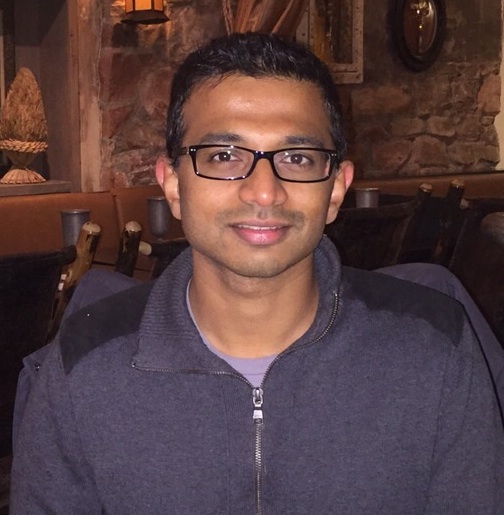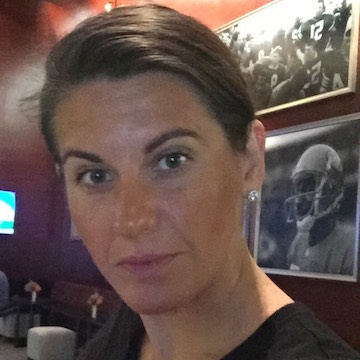Short bio
 Dr. Sujith Ravi, a Staff Research Scientist and Manager at Google, leads the company’s large-scale graph-based machine learning platform that powers natural language understanding and image recognition for products used by millions of people everyday in Search, Gmail, Photos, Android, YouTube, and Allo. The machine learning technology enables features such as Smart Reply that automatically suggests replies to incoming e-mails or chat messages in Inbox and Allo; Photos that searches for anything, from “hugs” to “dogs,” with the latest image recognition system; and smart messaging directly from Android Wear smartwatches powered by on-device machine learning.
Dr. Sujith Ravi, a Staff Research Scientist and Manager at Google, leads the company’s large-scale graph-based machine learning platform that powers natural language understanding and image recognition for products used by millions of people everyday in Search, Gmail, Photos, Android, YouTube, and Allo. The machine learning technology enables features such as Smart Reply that automatically suggests replies to incoming e-mails or chat messages in Inbox and Allo; Photos that searches for anything, from “hugs” to “dogs,” with the latest image recognition system; and smart messaging directly from Android Wear smartwatches powered by on-device machine learning.
Dr. Ravi has authored more than 50 scientific publications and patents in top-tier machine learning and natural language processing conferences, and his work won the ACM SIGKDD Best Research Paper Award in 2014. He organizes machine learning symposia/workshops and regularly serves as Area Chair and PC of top-tier machine learning and natural language processing conferences.
Talk abstract
Neural Graph Learning
Recent machine learning advances have enabled us to build intelligent systems that understand semantics from speech, natural language text and images. While great progress has been made in many AI fields, building scalable intelligent systems from “scratch” still remains a daunting challenge for many applications.To overcome this, we exploit the power of graph algorithms since they offer a simple elegant way to express different types of relationships observed in data and can concisely encode structure underlying a problem. In this talk I will focus on “How can we combine the flexibility of graphs with the power of machine learning?”
I will describe how we address these challenges and design efficient algorithms by employing graph-based machine learning as a computing mechanism to solve real-world prediction tasks. Our graph-based machine learning framework can operate at large scale and easily handle massive graphs (containing billions of vertices and trillions of edges) and make predictions over billions of output labels while achieving O(1) space complexity per vertex. In particular, we combine graph learning with deep neural networks to power a number of machine intelligence applications, including Smart Reply, image recognition and video summarization to tackle complex language understanding and computer vision problems. l will also introduce some of our latest research and share results on “neural graph learning”, a new joint optimization framework for combining graph learning with deep neural network models.

 After leading and managing the AWS Deep Learning group at Amazon that was responsible for building and solving natural language processing and dialog applications (2016–2017), as of December 2017
After leading and managing the AWS Deep Learning group at Amazon that was responsible for building and solving natural language processing and dialog applications (2016–2017), as of December 2017